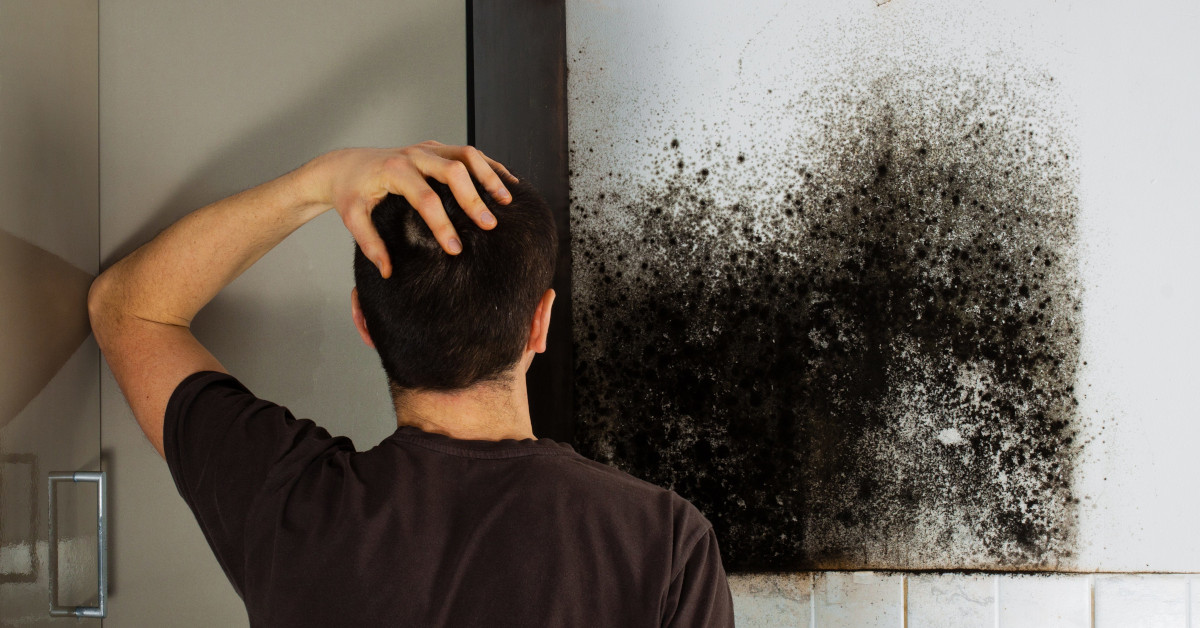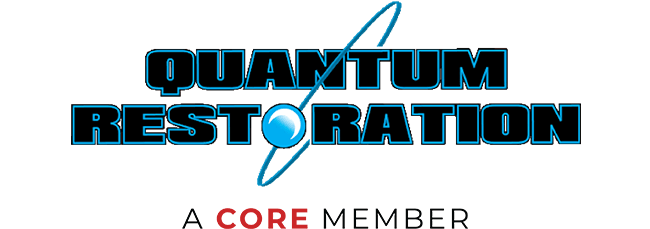Professional mold remediation can be a pricey venture, so DIY removal is often tempting. Unfortunately, DIY mold removal is also often ineffective at best and can both exacerbate the problem and cause health issues at worst. There are several very common pitfalls to DIY mold removal that should be avoided at all costs.

Visual Inspection
Many people take an out-of-sight, out-of-mind approach to mold, which is a huge mistake. In fact, mold often remains hidden for a long time in areas like inside attics, under flooring, and inside wall cavities until the problem grows large enough to become visible in other areas of the home or you notice a musty odor and decrease in indoor air quality. Just because you can’t see the mold doesn’t mean it isn’t there. Likewise, after cleaning mold, a visual inspection isn’t enough to verify the mold is gone. To the untrained eye, it’s easy to miss a spot while cleaning or not use the proper cleaning technique for the material, resulting in spores left behind to proliferate.
Using the Wrong Chemicals
Bleach is the most commonly suggested DIY mold cleaning solution – it’s also not a great idea. Bleach can be effective, but only on hard, non-porous surfaces. Mold grows deep within porous surfaces like drywall and wood where bleach cannot penetrate. Additionally, if not thoroughly rinsed, bleach can actually act as a food source for the mold. Chlorine bleach is made up of around 90% water. The chlorine within the solution evaporates very quickly, leaving behind a soaking wet, porous material. Essentially, soaking a porous material in bleach inadvertently creates the ideal growth situation for mold. Although bleach is still a commonly suggested solution for mold in DIY circles, both the EPA and OSHA advise against it.
Insufficient Protective Gear
Mold and mold spores can cause mild to severe symptoms like coughing, sneezing, eye irritation, and asthma attacks. When attempting to remediate mold, proper personal protective equipment should be worn at all times. At a bare minimum, some kind of respiratory mask should be worn to prevent inhalation of the disturbed mold spores, but it’s also a good idea to don protective gloves and eyewear. Additionally, it’s important to carefully dispose of this protective gear to avoid spreading the mold elsewhere within the property.
Spreading Spores
Mold travels through the air by way of reproductive units called spores. Any time mold is disturbed, spores are released. Professional remediation companies know how to set up containments and HEPA-filtered negative air machines and remove mold without allowing spores to travel to other parts of your home. Without the knowledge to properly contain and dispose of affected materials, DIY mold removers run the risk of making their mold problem even worse.
Missing Out On An Opportunity to File a Claim
Depending on the original source of the moisture that caused the mold growth in the first place, the cost of professional mold remediation may be covered by your homeowner's insurance policy. A certified mold specialist can help you determine the cause of the mold and help guide you through the insurance claim process. Proper documentation is key, however, but Quantum Restoration Services utilizes advanced tools and techniques to prove the loss to the insurance company.
When dealing with mold, it’s best to rely on professionals, but if you’re determined to do it yourself, make sure to avoid these common pitfalls to ensure the safest and most effective cleaning possible.
Quantum Restoration Services is happy to provide an affordable mold inspection and assessment at your property if you suspect the presence of mold. Our Instascope mold inspection tool provides a fast, reliable way to chart the extent of your mold damage, giving you peace of mind that your mold problem will soon be a distant memory. Contact us today to schedule your mold inspection.
